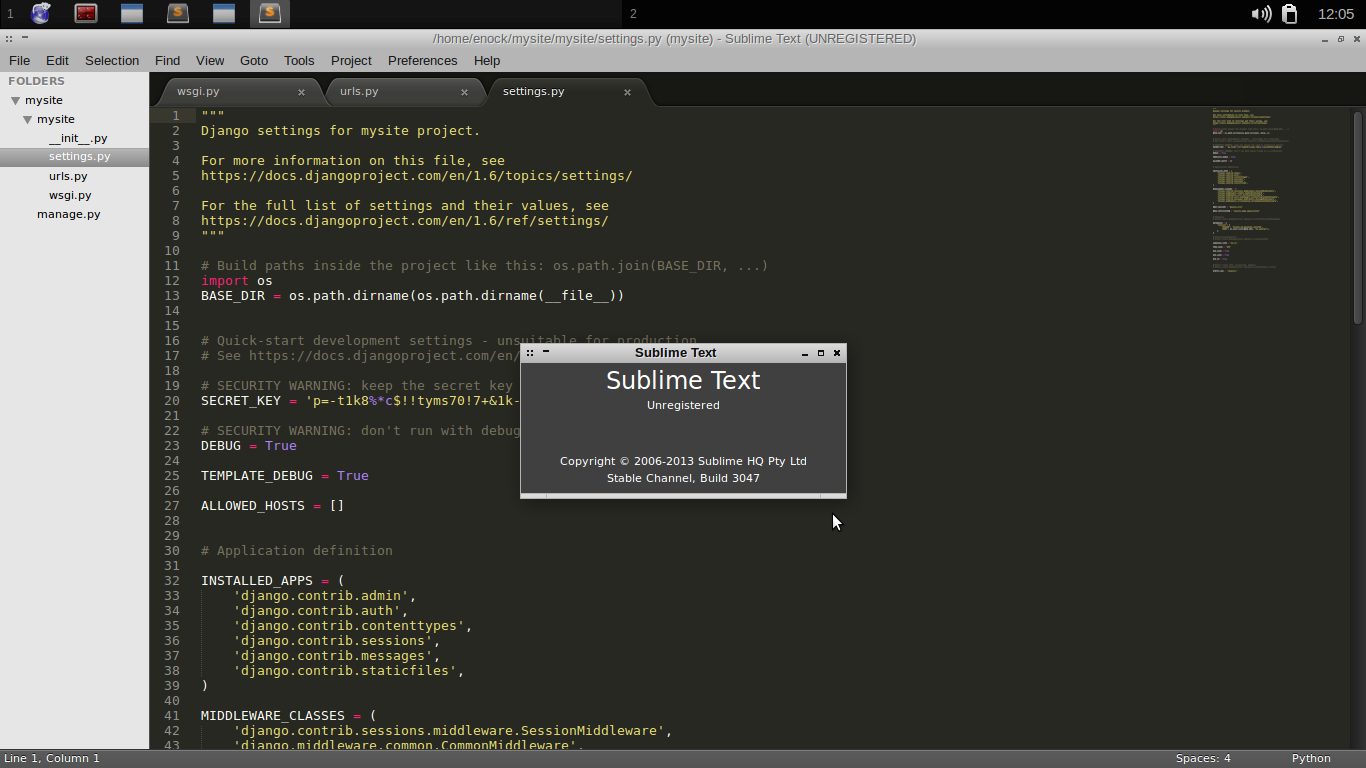

Open Terminal.app and create a directory for SteamCMD.Ģ. Install tmux and/or screen for easy server management.ġ. Download and extract SteamCMD for Linux.ĥ.

Create a directory for SteamCMD and switch to it.Ĥ. If you're not logging in as root and you instead use sudo to perform administration, escalate to the steam user as follows:ģ. As the root user, escalate to the steam user: Before you begin, you must first install the dependencies required to run SteamCMD:Ģ. You can find the associated Docker Hub page here: Manuallyġ. This image can be used as a base image for Steam-based dedicated servers. Steamcmd.sh is located at /home/steam/steamcmd. If your server is running Docker, you can simply use:ĭocker run -it -name=steamcmd cm2network/steamcmd bash Sudo ln -s /usr/games/steamcmd /home/steam/steamcmd Note: You will need to have the base-devel package installed to execute makepkg: Extract the contents of the zip to the folder.Ĭreate a user account named steam to run SteamCMD safely, isolating it from the rest of the operating system.
9.5 Getting a Linux 64-Bit steamclient.so on a Windows Machineģ. 9.4.1 Unable to Locate a Running Instance of Steam.  9.2.2 Red Hat-Based Distributions (RHEL, Fedora, CentOS, etc.). 9.2.1 Debian-Based Distributions (Ubuntu, Mint, etc.). 9.2 32-Bit Libraries on 64-Bit Linux Systems. 9.1 ERROR! Failed to install app "xxxxxx" (No subscription). However, if you ever need something that is just in.deb format, this may be a workaround. As you see, this is not straight-forward and can be uncomfortable, that's why it would be better if you install from AUR. You should run it in a terminal and check for errors first, so you can see if you need to install something else. A word of caution: this does not mean you will actually be able to use the app. deb file runs under certain circumstances, you should open them and read to see if you actually need them (sometimes they just create some symlinks and other not critical stuff). You could probably get a couple of scripts that the. For example: if you decompress and get a folder named "usr", which you open and has another folder called "bin", then you open it and it has a file called MyFancyApp, then you copy MyFancyApp to /usr/bin. When you decompress you will most likely get two files called and.
9.2.2 Red Hat-Based Distributions (RHEL, Fedora, CentOS, etc.). 9.2.1 Debian-Based Distributions (Ubuntu, Mint, etc.). 9.2 32-Bit Libraries on 64-Bit Linux Systems. 9.1 ERROR! Failed to install app "xxxxxx" (No subscription). However, if you ever need something that is just in.deb format, this may be a workaround. As you see, this is not straight-forward and can be uncomfortable, that's why it would be better if you install from AUR. You should run it in a terminal and check for errors first, so you can see if you need to install something else. A word of caution: this does not mean you will actually be able to use the app. deb file runs under certain circumstances, you should open them and read to see if you actually need them (sometimes they just create some symlinks and other not critical stuff). You could probably get a couple of scripts that the. For example: if you decompress and get a folder named "usr", which you open and has another folder called "bin", then you open it and it has a file called MyFancyApp, then you copy MyFancyApp to /usr/bin. When you decompress you will most likely get two files called and. 
Another comment points that your program is in the Aur repos.








 0 kommentar(er)
0 kommentar(er)
